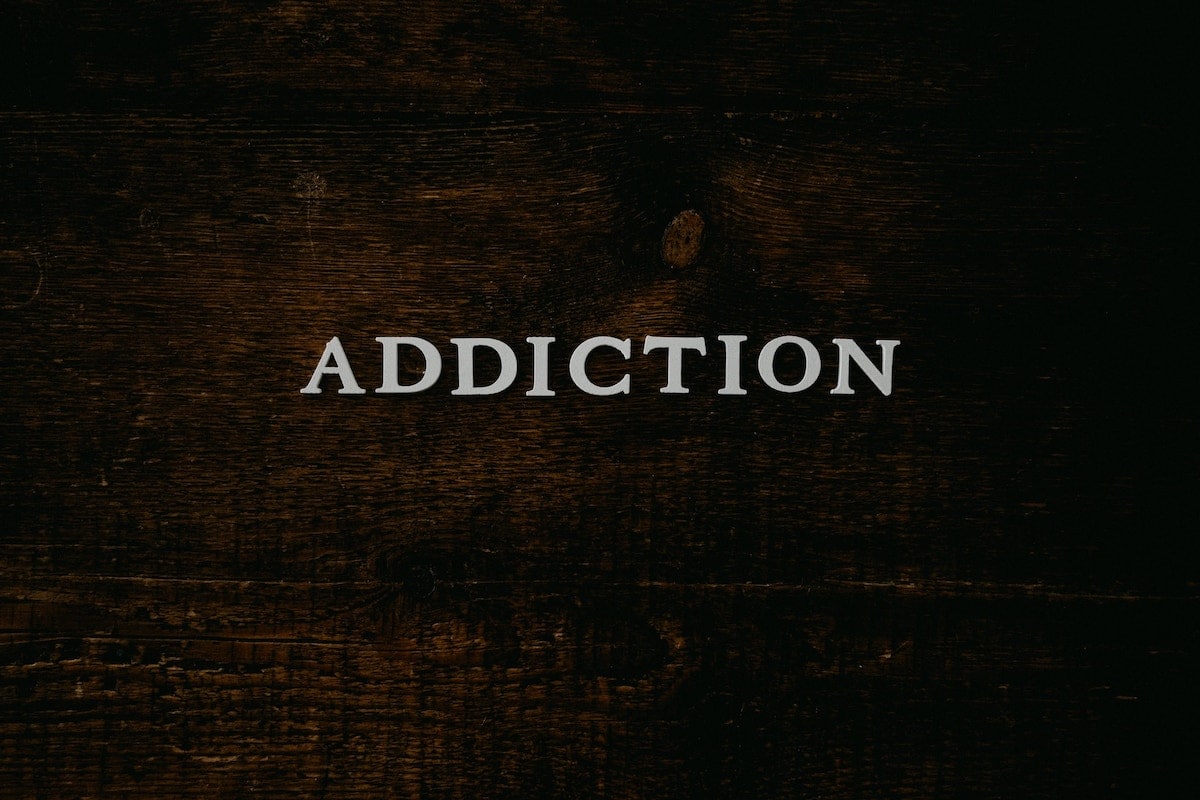Many people around the world suffer from addiction. It can come in various forms, from alcohol abuse to social media addictions. For a long time, we have looked at addiction as a form of disease, but new research suggests a more complex and nuanced model. What does this new model look like and how might it affect treatment?
What Is Addiction?
Before we can understand what our models of addiction mean, we must first understand the term itself. Addiction can be defined as a neurological or psychological condition that compels someone to take drugs or some other substance. This is done in spite of any negative consequences to the person’s health or social situation. Cravings often increase as self-control decreases, trapping the person in a damaging loop or spiral.
The vast majority of addictions are to drugs such as opiates or cocaine, or to alcohol (substance use disorders). There are considered to be many other types of behavioral addictions, such as gambling, social media, or even pornography. Currently, the only behavioral addiction recognized by the Diagnostic and Statistical Manual of Mental Disorders, Fifth Edition (DSM-5) is gambling addiction.
Addiction, Dependency, and Disease
When discussing addiction, we often come across the term dependency. Are addiction and dependency interchangeable, and if not, what is the difference? Addiction, as we have discovered, is a diagnosable medical condition. Drug addiction is also known as drug use disorder. As we currently understand it, it is a condition that affects the brain and has a number of other influencing factors.
Dependency refers more to the effects a drug can have on you. The simplest definition of drug dependency is when the user experiences withdrawal symptoms when they stop using it. The strength of these withdrawal symptoms can vary and they don’t necessarily indicate an addiction.
But what exactly is a disease? Broadly speaking, a disease is some disorder or abnormal function of a part of the body which was not directly caused by physical injury.
Addiction as a Disease
With these terms understood, we can now look at our current model of addiction as a disease. Substance use disorder (SUD) first appeared in the DSM-5 in 2013 when substance abuse and substance dependence were combined into one disorder. Along with this came a sliding scale of severity, with eleven different criteria.
Prior to this, alcoholism and drug abuse were often treated as a failing or personal weakness. After the Second World War, people started to see addiction less as a moral failing, and more as a sign of psychological disturbance. It was generally held to be a symptom or consequence of another, more dominant, personality disorder.
It wasn’t until the 1980s that addiction started to be seen as a medical condition that had set diagnostic criteria. This has led to a better understanding of what occurs in the brain of people suffering from SUD. It has also led to the development of certain pharmaceutical therapies.
Controversies with the Current Model
The model of addiction as a disease has become the most prevalent view, although it still has problems. There is a lack of consensus overall about the relative importance of biological and environmental influences on SUD.
This lack of consensus is seen primarily in the varying treatments for abuse disorders. Treatments offered can vary drastically, with some clinicians promoting natural recovery compared to inpatient detox. There is also some argument over whether to focus on full abstinence or harm reduction via moderation.
A study in the National Institute of Health also points to a ‘scientist-practitioner gap’. This refers to a perceived reluctance of treatment providers to take up Evidence-Based Practices (EBS). Instead, practitioners favor more unsupported treatments.
What Does New Research Say?
A study published in the journal Nature last year reexamined the modern model of addiction as a disease. The authors state that they consider the neurobiological basis of addiction to be solid. Nor is there a desire to return to the view of addiction as a moral failure or weakness. The reexamining of addiction is with a mind to improving patient access to help and encourage the development of new treatments.
So what exactly are these researchers proposing? Any useful understanding of addiction must include both biological and environmental factors. What is the person’s brain like, and what happened to it to lead to the addiction?
The range of factors proposed that contribute to an addiction still includes the processes of the brain. Greater weight is given to individual circumstances and environment than before. These external factors include:
- socioeconomic status
- psychological processes
- social circumstances and stressors
- availability of drugs/alcohol or other focus of addiction
- access to alternative opportunities for reward/enjoyment
The researchers suggest integrating more behavioral science into the way we see addiction. This should complement and support the neurobiological basis of addiction as a disease.
What Does This Mean for Treatment?
With the core motivation of this reevaluation being to improve treatment, what are the changes the researchers would like to see?
The core drive is that treatment becomes more holistic. It must take into account the individual’s needs, behavior, and circumstances. The study rejects the view that addiction is purely an example of compulsive behavior. It notes that treatments that provide incentives for abstinence have achieved success. This indicates the capacity for healthy decision-making still exists in people with SUD. Improving mental health or environmental conditions can then lead to a reduction in substance abuse.
A more personalized approach can help people achieve and maintain a healthier lifestyle. Treatment plans should take into consideration why the addiction has occurred, as well as how the brain is affected. This can lead to more meaningful progress. Fortunately, many treatment centers already take a combined approach to therapy, tackling underlying mental health issues as well as any and all addictions.


